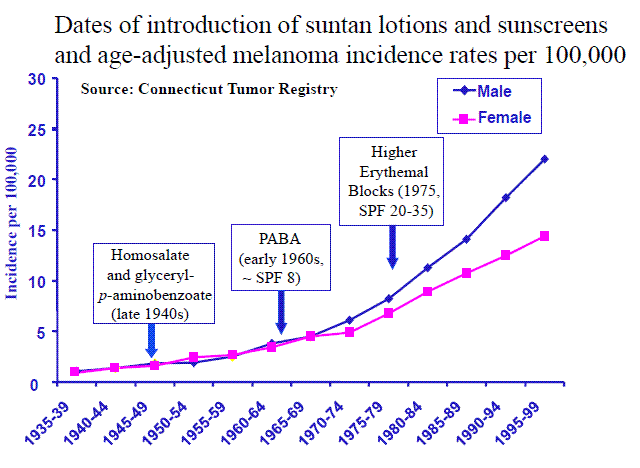Sunscreen (SPF-30) slightly increased the vitamin D from UVB – RCT
Evaluation of vitamin D plasma levels after mild exposure to the sun with photoprotection.
An Bras Dermatol. 2019 Jan-Feb;94(1):56-61. doi: 10.1590/abd1806-4841.20198070.
Pereira LA1, Luz FB2, Carneiro CMMO3, Xavier ALR4, Kanaan S4, Miot HA5.
 1. Noontime sun and D category starts with{include}--- 1. Items in both categories Skin and UV{category}
1. Noontime sun and D category starts with{include}--- 1. Items in both categories Skin and UV{category}📄 Download the PDF from Vitamin D Life
Not statistically significant

BACKGROUND:
Most of the organism's vitamin D (VD) is obtained through the cutaneous synthesis after exposure to the sun's UVB radiation. Sunscreens are indicated for the prevention of actinic damage to the skin, however, there are few clinical trials assessing the synthesis of cutaneous VD in real-life situations of sun exposure with ordinary clothing and usual photoprotection.
OBJECTIVES:
To evaluate the synthesis of VD with suberythemal sun exposure in healthy adults using topical photoprotection (SPF 30).
METHODS:
Quasi-experimental study, conducted at Rio de Janeiro (Brazil), during winter, with 95 healthy adults who had 25-OH-VD checked twice, 24 hours apart, and were exposed to the sun (UVB=20 mJ/cm2), according to a randomized grouping: SC - use of SPF 30 on the face, neck and chest (n=64), NO - no sunscreens (n=10), CO - confined from sun exposure for 24h (n=21). The groups were matched according to the propensity score related to gender, age, phototype, body mass index, glycosylated hemoglobin and baseline levels of VD. The outcome evaluated was the variation (ΔVD) in serum level of 25-OH-VD (ng/ml) between the groups.
RESULTS:
A statistically significant difference was identified between CO and SC groups [median (p25-p75)]: ΔVD =1.4 (-0.3-3.6) vs. 5.5 (4.8-6.6); p<0.01. There was no difference between SC and NO groups: 5.4 (3.1-6.1) vs. 4.1 (2.5-6.0); p=0.17.
STUDY LIMITATIONS:
Laboratory analysis technique (chemiluminescence) with great variability, loss of food intake standardatization, unbalanced groups.
CONCLUSIONS:
Suberythemal sun exposure with sunscreen (SPF 30) provides similar vitamin D serum variation than without photoprotection in healthy adults.
